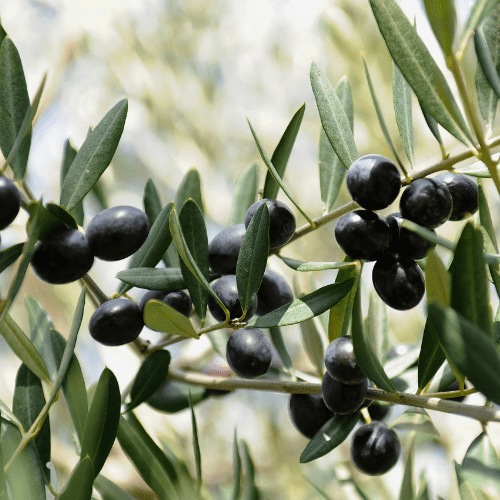Position
The plant prefers partial shade, especially in hotter climates. Too much direct sunlight can scorch the leaves.
Soil
It prefers well-draining, acidic soil (pH 5.5 to 6.5) rich in organic matter. Good drainage is essential to prevent root rot. Add at least one bag of acid compost to your soil.
Watering
The plant requires consistent moisture, especially during dry spells, but waterlogging should be avoided. Mulching can help retain soil moisture.
Mulch
Add a thick layer of pine-bark mulch, keeping it about 20-30 cms away from the tree trunk. This will keep the soil moist and keep the weeds at bay.
Fertilising
Apply our slow-release all-plant fertiliser. Apply 1 teaspoon every 4-5 months. The roots will absorb what they need.
Alternatively, apply a balanced fertiliser (such as 10-10-10) in early spring before new growth begins. Thereafter fertilise annually in early spring.
Pruning
Regular pruning helps maintain shape and encourages new growth. It’s best to prune after the flowering season. Keep your green tea as a bush, as it grows trim into shape and use the leaves from the trimmings.
Pests and Diseases
Aphids, spider mites, and whiteflies are common pests that may affect Camellia sinensis. It can also be susceptible to leaf spot and root rot. Regularly inspect the tree and treat promptly or preferrably use preventative measures by spray with agricultural Neem Oil or Effective Microorganisms (EM Control)
Harvesting
The best time to harvest leaves is when new growth appears in the spring. Young leaves and buds are preferred for higher-quality tea. Leaves can be plucked individually or through a process known as “tipping,” which involves picking the top two leaves and the bud.
After harvesting, the leaves undergo various processes depending on the type of tea being produced.










